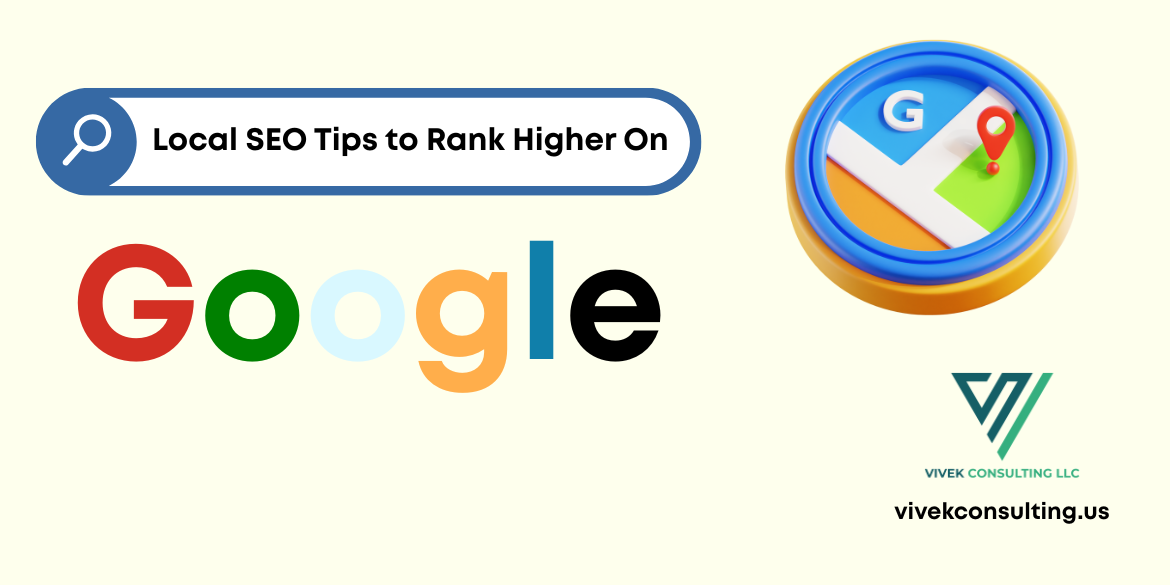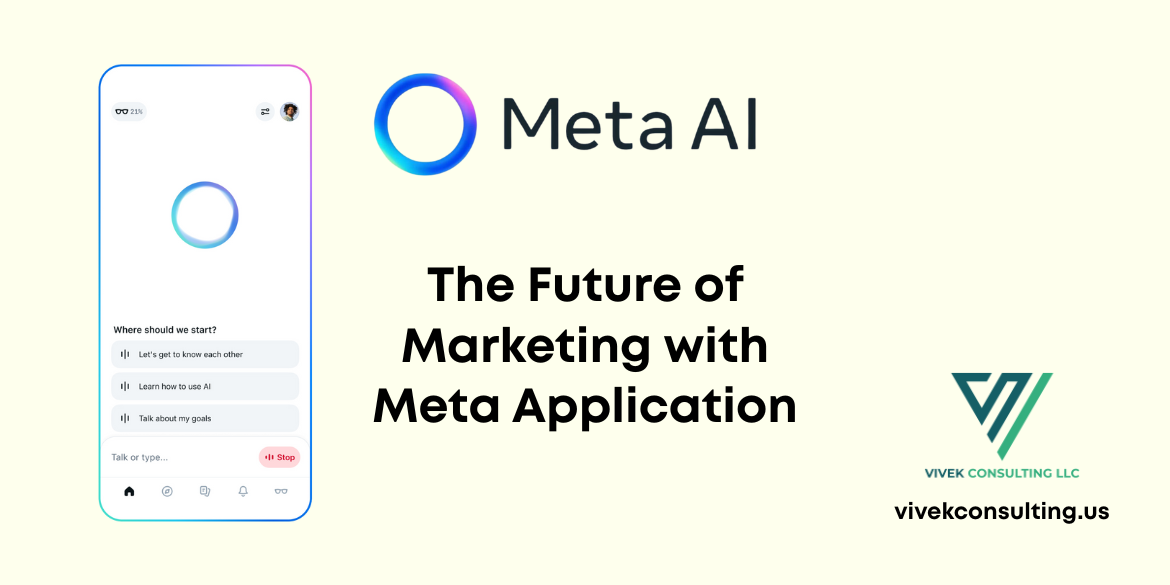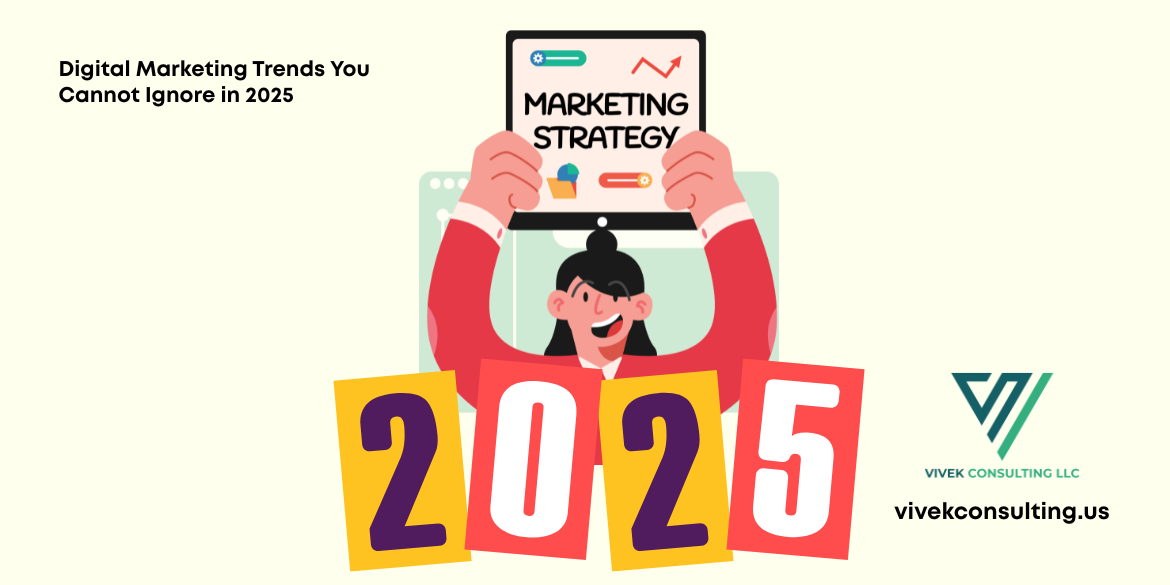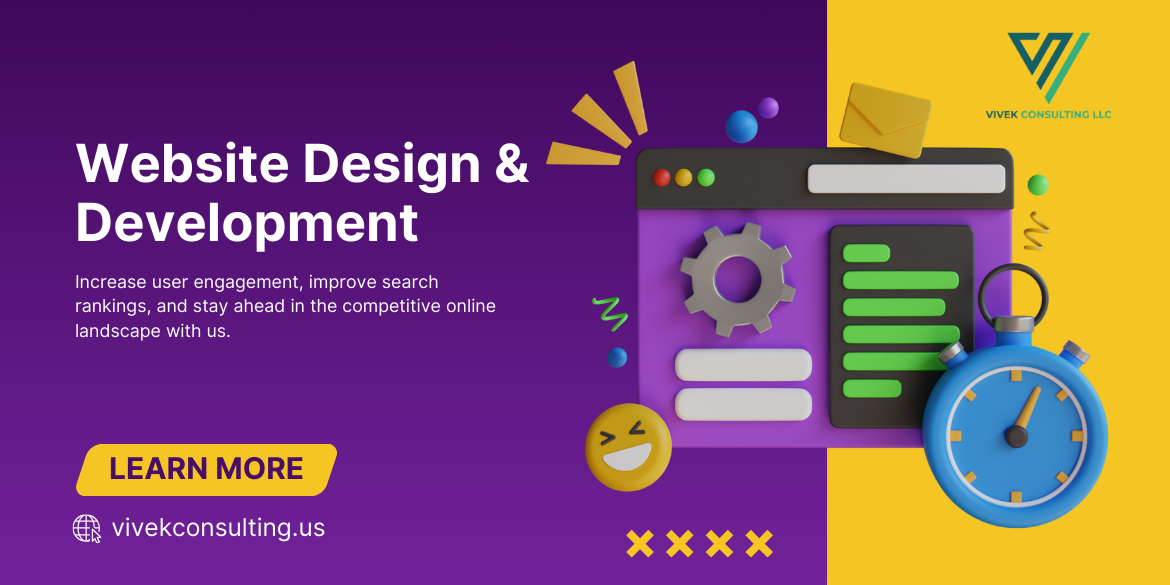Learning the SEO Audit Checklist. Every website should rank higher, load faster, and convert better without wasting time.
.png)
05 May 2025
Learning the SEO Audit Checklist.
Every website should rank higher, load faster, and convert better without
wasting time.
Every website owner wants
three things—more traffic, faster performance, and better conversions. But most
overlook one powerful tool that impacts all three: a comprehensive SEO audit.
In an age where Google updates roll out like clockwork and user patience is
razor-thin, auditing your site isn’t optional—it’s survival.
SEO Audits are more than just
a Technical Checkup.
Think of SEO audits as a digital
health testing. They're not just about identifying broken links or missing alt
tags—they reveal what’s holding your site back. From content strategy gaps to
poor site architecture, audits provide a 360-degree snapshot that fuels
data-driven decisions.
The High Costs of Avoiding SEO
in 2025
In a hyper-competitive digital
ecosystem, neglecting SEO is like running a marathon with one shoe. Traffic
drops, bounce rates skyrocket, and conversions vanish. With search engines
evolving rapidly, ignoring audits means falling behind while your competitors
sprint ahead.
Understanding the SEO Audit
Checklist
What is an SEO audit, and why
does it matter?
An SEO audit is a systematic
evaluation of your website’s ability to appear in search engines. It uncovers
technical flaws, content weaknesses, and user experience issues. The end goal?
A roadmap to better rankings, usability, and ROI.
How Often Should You Run an
SEO Audit?
Quarterly audits are ideal for
most businesses. However, after major site updates, migrations, or algorithm
changes, you should audit immediately. Regular exams assist to avoid issues
before they grow.
Tools You Need to Conduct a
Proper SEO Audit
Must-have tools include:
Google Search Console and Google Analytics
Screaming Frog SEO Spider
PageSpeed Insights
GTmetrix Each
tool brings unique insights into different layers of your SEO performance.
Technical SEO: The Foundation
You Can’t Ignore
Fixing Crawl Errors That Kill
Your Rankings
If search engines can’t crawl
your site, they can’t rank it. Audit your crawl stats and fix issues like
blocked resources, broken links, and unresponsive pages.
Checking Index Status and XML
Sitemaps
Ensure that only the right pages
are indexed. Use an XML sitemap to guide search engines and eliminate pages
that shouldn’t appear in search results.
Eliminating Broken Links and
Redirect Loops
Broken links affect user
experience and your SEO score. Redirect loops confuse bots and users
alike. Run regular scans to catch and fix them.
Making Your Site HTTPS Secure
Security is a ranking factor. If
your site still runs on HTTP, you're not just behind—you're losing trust. Switch
to HTTPS and resolve mixed content issues.
Site Speed and Performance
Optimization
Why Load Time Impacts Rankings
and Conversions
Google loves fast websites. Users
do too. Every second of delay leads to drops in engagement, ranking, and
revenue. Speed is no longer a luxury—it’s critical.
How to Run a Page Speed Test
the Right Way
Use tools like PageSpeed Insights or Lighthouse. Test on
both mobile and desktop. Focus on Core Web Vitals, particularly Largest
Contentful Paint (LCP) and Time to Interactive (TTI).
Quick Wins to Boost Speed
Without a Developer
Compress images
Minimize HTTP requests
Use lazy loading
Enable browser caching
Mobile Friendliness and Core
Web Vitals
How Google’s Mobile-First
Indexing Affects You
If your mobile site operates
poorly, your rankings suffer—even if your desktop version is immaculate. Your
mobile version is now your primary SEO driver.
What Core Web Vitals Mean for
Real Users
These metrics reflect how users
experience your site. Slow loading, layout shifts, or delayed interactivity
create friction—and friction kills conversions.
Simple Fixes to Improve Mobile
Usability
Responsive design
Button spacing for thumb taps
Avoiding intrusive pop-ups
On-Page SEO Checks That Matter
Optimizing Title Tags and Meta
Descriptions
These snippets are your first
impression in the results page. Make them clear, interesting, and keyword-rich
to increase click-through rates.
Using Header Tags to Guide
Search Engines
H1 to H6 tags organize your
content and signal importance. Use them strategically to structure your pages
for both users and bots.
Ensuring Keyword Placement
Feels Natural
Avoid keyword stuffing. Use
variations and synonyms naturally throughout headlines, introductions, and body
material to retain readability and rankability.
Fixing Duplicate Content That
Confuses Crawlers
Duplicate content dilutes SEO
value and confuses search engines. Use canonical tags and check for duplicate
URLs or unoriginal content.
Content Review and
Optimization
Does Your Content Match Search
Intent?
Content should answer the
searcher’s question—clearly, quickly, and thoroughly. Analyze top-ranking sites
to better understand purpose and tailor your content accordingly.
How to Spot Thin, Outdated, or
Underperforming Pages
Use analytics to identify
low-traffic or high-bounce content. If it’s not serving your goals, it needs to
be optimized or removed.
Refreshing Content to Keep It
Relevant and Useful
Update stats, add internal links,
improve formatting, and reflect recent trends. Fresh material indicates
relevance to both people and search engines.
Internal Linking and Site
Structure
Why Internal Links Are a
Secret SEO Weapon
They distribute link equity and
guide bots through your site. Smart internal linking improves user navigation
and boosts dwell time.
Structuring Your Site for
Better Crawlability
Use a flat hierarchy. Limit click
depth. Ensure that every crucial page is accessible in three clicks. This
boosts both usability and crawl efficiency.
Fixing Orphan Pages and
Navigation Gaps
Pages without inbound links are
invisible to search engines. Identify and connect orphan pages to the main
structure with contextual links.
Off-Page SEO Signals You
Shouldn’t Miss
How Backlinks Influence Your
Domain Authority
Backlinks are digital
endorsements. Quality trumps quantity—one authoritative link can outweigh
dozens of spammy ones.
Spotting Toxic Backlinks That
Harm Your Site
Use tools such as Ahrefs or
SEMrush to identify low-quality or spam links. Disavow them to protect your
domain reputation.
Simple Tactics to Earn
High-Quality Links
Guest posting
Original research
Digital PR campaigns
Local SEO Audit Essentials
Ensuring NAP Consistency
Across the Web
Your Name, Address, and Phone
Number must match across all directories. Inconsistencies create difficulty for
viewers and search engines.
Google Business Profile
Optimization Tips
Claim and optimize your listing.
Add categories, high-res images, and updates. Encourage reviews and respond to
them.
Local Link Building That
Actually Works
Partner with local blogs,
chambers of commerce, and events. Sponsor or promote community initiatives to
gain backlinks.
Image and Multimedia SEO
How to Properly Optimize
Images for Search
Use descriptive filenames,
relevant alt text, and appropriate sizing. This boosts accessibility and search
visibility.
Using Alt Text and File Names
to Boost SEO
Alt text helps screen readers and
image indexing. File names provide context—use keywords sparingly but
meaningfully.
Compressing Without
Compromising Quality
Use tools like TinyPNG or
ImageOptim. Aim for an equal balance in both visual appeal and speed.
Analytics and SEO Reporting
What Metrics Tell the Real
Story of SEO Success
Beyond traffic, measure bounce
rate, conversion rate, dwell time, and indexed pages. These KPIs show how users
interact with your site.
Using Google Search Console
and GA4 Together
Combine these tools for a
full-spectrum view—from keyword queries to user behavior. Insights from both
reveal what’s working and what’s not.
Tracking Progress and Setting
Benchmarks
Set clear goals for rankings,
speed, and conversions. Track monthly and adjust strategies based on
performance.
Common SEO Audit Mistakes to
Avoid
Fixing the Audit and Forget It
Mentality
SEO is not a one-time fix.
Regular audits keep your site healthy and competitive in a constantly shifting
landscape.
Over-optimizing and Triggering
Google Penalties
Stuffing keywords or manipulating
links can do more harm than good. Follow white-hat practices and prioritize
value.
When to Hire an SEO Pro
DIY SEO vs Outsourcing: What’s
Right for You?
If you're short on time or
expertise, outsourcing brings experience and scalability. DIY works for those
with time and gaining knowledge.
Questions to Ask Before
Guiding an Expert
What’s your audit process?
Can I see past results?
How do you measure success?
Creating Your Personalized SEO
Audit Checklist
How to Prioritize Tasks That
Move the Needle Fast
Focus on fixes with the biggest
impact: site speed, mobile usability, broken links, and top-performing content.
Turning Audit Findings into an
Action Plan
Organize tasks by urgency and
complexity. Assign ownership and deadlines. Use project management tools to
monitor progress.
Conclusion
The SEO Audit Checklist That
Transforms Websites
A detailed audit brings clarity,
direction, and opportunity. It uncovers hidden issues and empowers smarter
decisions that drive real growth.
Next Steps to Rank Higher,
Load Faster, and Convert Better
Start with a baseline audit today. Then, make auditing a regular component of your plan. SEO success is never accidental—it’s engineered.
Recent Articles
-
 Want more local traffic? These Local SEO Tips to Rank Higher on Google will get you noticed
Want more local traffic? These Local SEO Tips to Rank Higher on Google will get you noticed
-
 What's the Difference Between on-page and off-page SEO?
What's the Difference Between on-page and off-page SEO?
-
 What's the Real Difference Between Organic and Paid Digital Marketing?
What's the Real Difference Between Organic and Paid Digital Marketing?
-
 Boost SEO with a Mobile Friendly Website Today
Boost SEO with a Mobile Friendly Website Today
-
 How to Change the Theme on Shopify Without Using Any Code
How to Change the Theme on Shopify Without Using Any Code
-
 Why Businesses Need Blockchain Development
Why Businesses Need Blockchain Development
-
 SEO Strategy: How to Create an Effective Plan
SEO Strategy: How to Create an Effective Plan
-
 2025 Digital Marketing Trends and Predictions
2025 Digital Marketing Trends and Predictions
-
 The Future of Marketing with Meta Application
The Future of Marketing with Meta Application
-
 Keyword Research for Website Wins in 2025 [Top 10 Free Keyword Research Tools]
Keyword Research for Website Wins in 2025 [Top 10 Free Keyword Research Tools]
-
.png) Learning the SEO Audit Checklist. Every website should rank higher, load faster, and convert better without wasting time.
Learning the SEO Audit Checklist. Every website should rank higher, load faster, and convert better without wasting time.
-
 Ready for serious growth? Outsource services to scale your business fast and save time and money.
Ready for serious growth? Outsource services to scale your business fast and save time and money.
-
 From AI to no-code, explore the Web Development Trends You Need to Know right now.
From AI to no-code, explore the Web Development Trends You Need to Know right now.
-
 Supercharge Business Growth with SEO
Supercharge Business Growth with SEO
-
 Digital Marketing Trends You Cannot Ignore in 2025
Digital Marketing Trends You Cannot Ignore in 2025
-
 Master Digital Marketing with AI in 2025
Master Digital Marketing with AI in 2025
-
 How AI Is Changing Software Development
How AI Is Changing Software Development
-
 Mobile Application Development in 10 Easy Steps
Mobile Application Development in 10 Easy Steps
-
 Outsource Services to Boost Efficiency
Outsource Services to Boost Efficiency
-
 Ready to scale smart? Boost efficiency fast with managed services that work.
Ready to scale smart? Boost efficiency fast with managed services that work.
-
 Outsource Services: The Smart Move for Your Business
Outsource Services: The Smart Move for Your Business
-
 Technical SEO Tactics to Skyrocket Your Rankings
Technical SEO Tactics to Skyrocket Your Rankings
-
 The digital world is evolving fast. Here is the web development trends you can’t ignore if you want to stay competitive.
The digital world is evolving fast. Here is the web development trends you can’t ignore if you want to stay competitive.
-
 Want more traffic? These off-page SEO tips will help you rank higher and grow like a pro! ????
Want more traffic? These off-page SEO tips will help you rank higher and grow like a pro! ????
-
 The Role of AI in Modern Software Development
The Role of AI in Modern Software Development
-
 Boost Organic Traffic Through On-Page SEO Strategies
Boost Organic Traffic Through On-Page SEO Strategies
-
 How SEO Can Skyrocket Your Business Growth
How SEO Can Skyrocket Your Business Growth
-
.png) Why Digital Marketing Benefits Business Success in Charlotte NC
Why Digital Marketing Benefits Business Success in Charlotte NC
-
 Explore the future of smartphone application development with Vivek Consulting and stay ahead of the game.
Explore the future of smartphone application development with Vivek Consulting and stay ahead of the game.
-
 Crush Your Competition with Digital Marketing Charlotte NC - Vivek consulting
Crush Your Competition with Digital Marketing Charlotte NC - Vivek consulting
-
 Why Vivek Consulting Tops Charlotte’s Software Developers
Why Vivek Consulting Tops Charlotte’s Software Developers
-
 The Innovation of Smart and Inclusive UX: How AI and 5G Are Transforming Mobile Application Development
The Innovation of Smart and Inclusive UX: How AI and 5G Are Transforming Mobile Application Development
-
 Website Development: The Value of Web Design in Establishing a Powerful Online Presence
Website Development: The Value of Web Design in Establishing a Powerful Online Presence
-
 Elevate Your Brand: Discover the Top Marketing Agency in Charlotte for 2025 - Vivek consulting
Elevate Your Brand: Discover the Top Marketing Agency in Charlotte for 2025 - Vivek consulting
